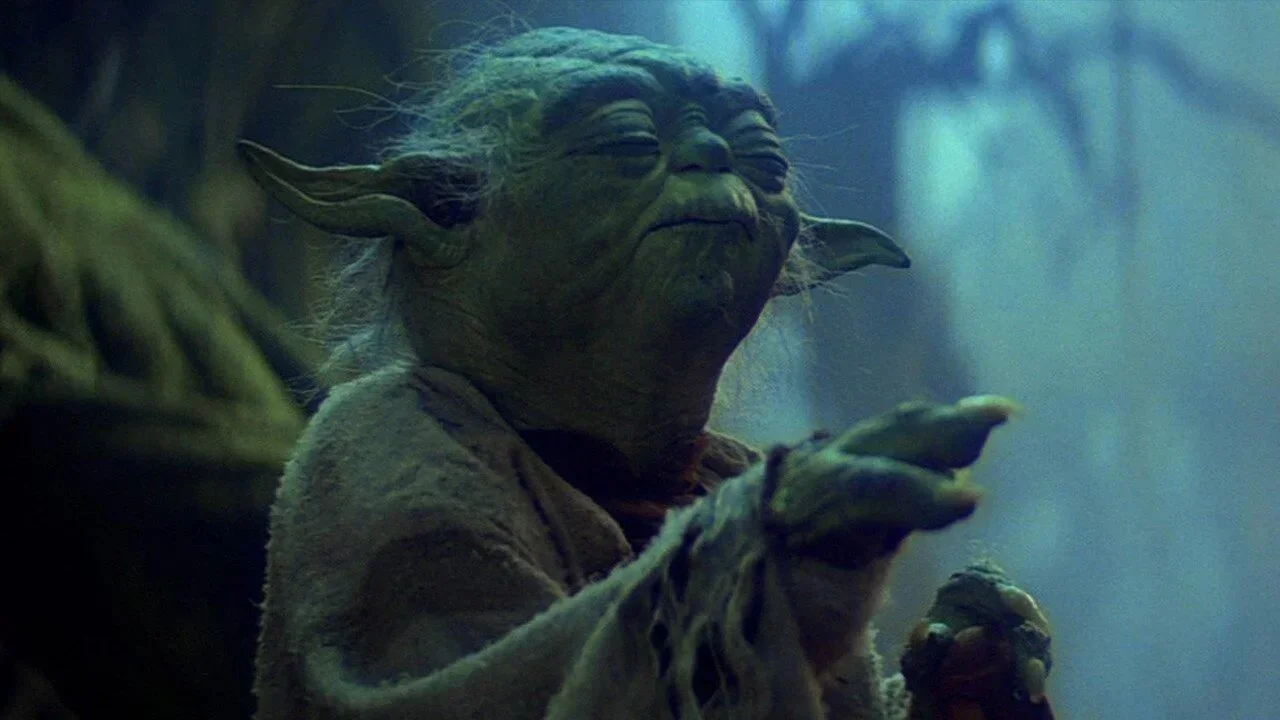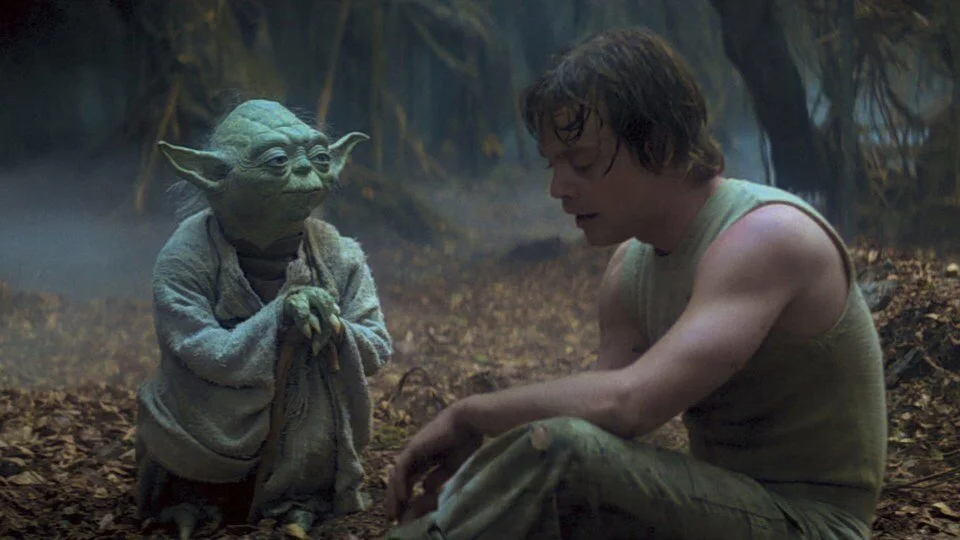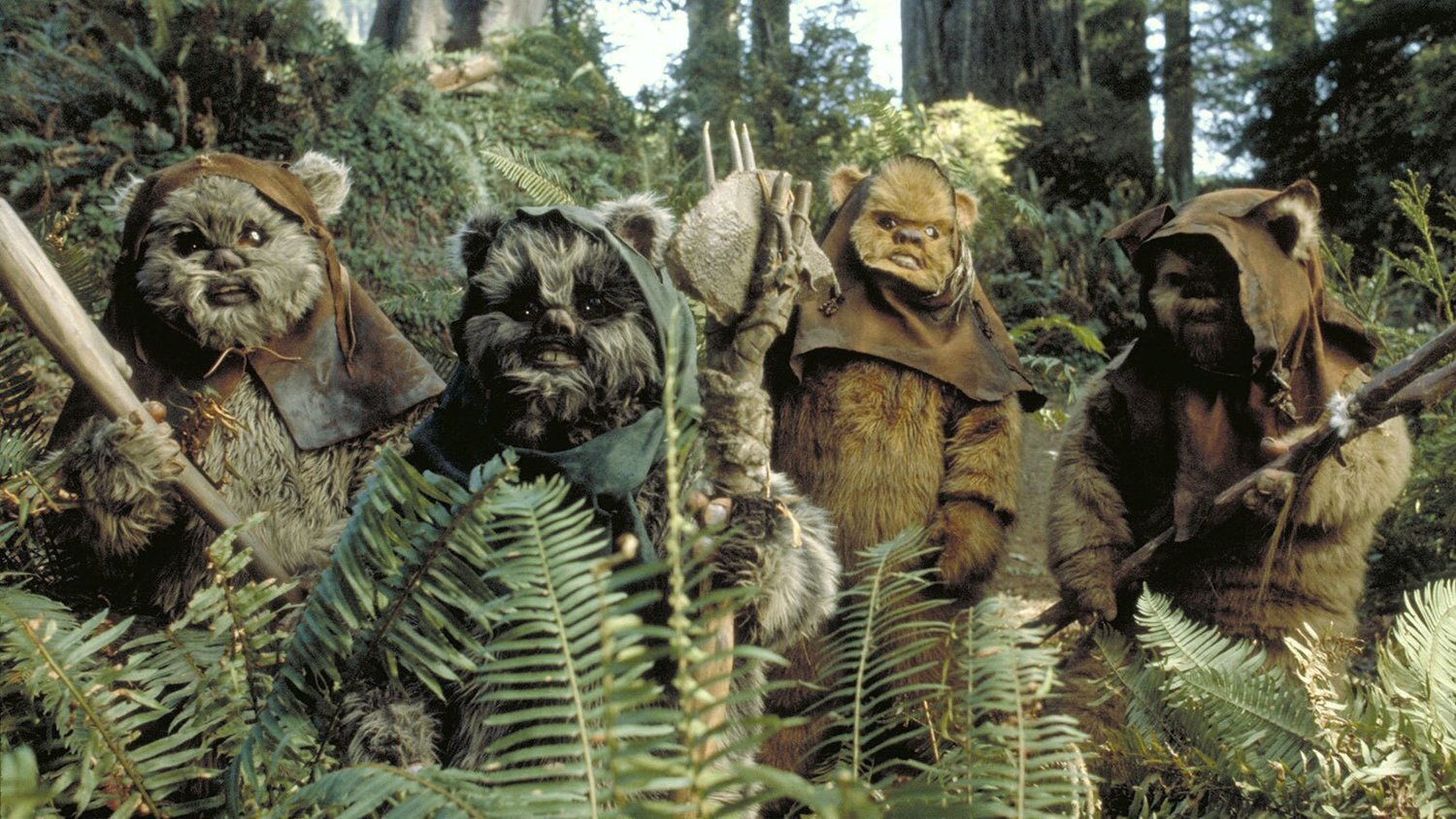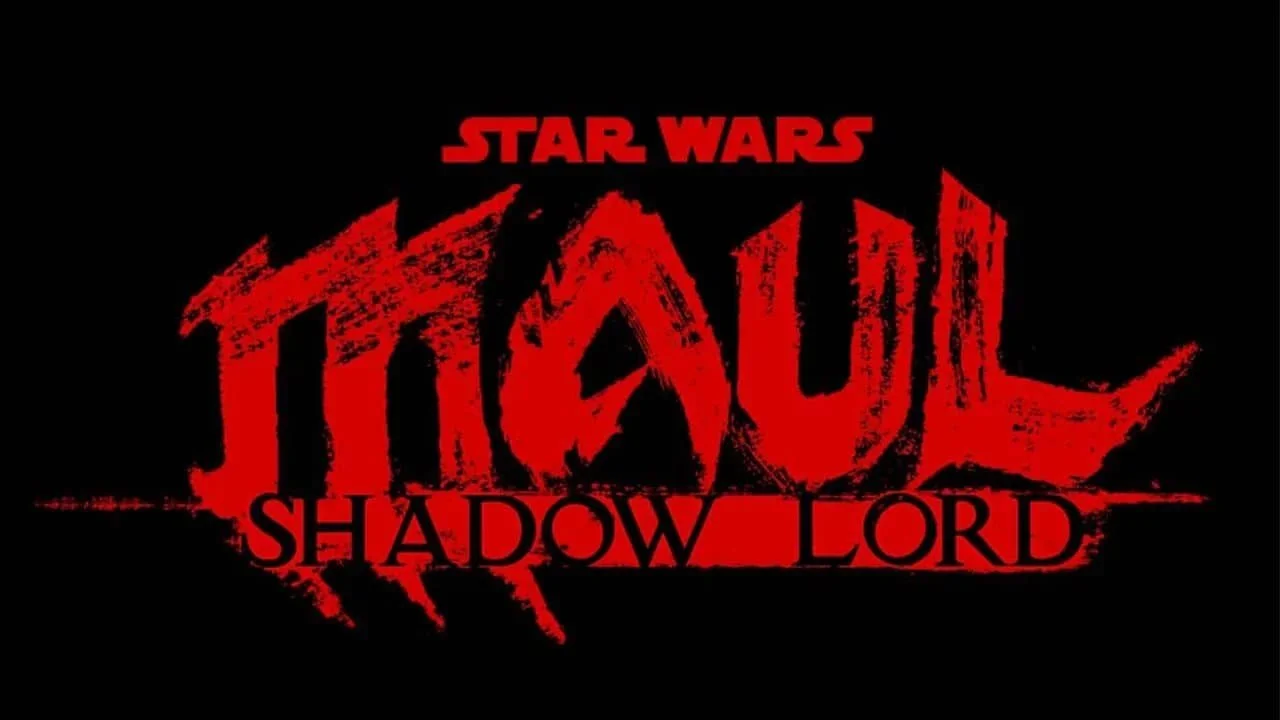Nature V. The Machines: How George Lucas Showed How Nature Triumphs Over Technology In ‘Return Of The Jedi’
Image Source: CoolWallpapers
The question of what is intrinsically better, the natural world or manmade technology, has been a topic of debate for decades. Even in a galaxy far, far away, this has been a central theme in the Star Wars Universe, starting with the first movie released, Episode IV: A New Hope, where the Death Star is the cornerstone of the Emperor’s plan to tighten his control over the galaxy. As Admiral Motti says, “This station is now the ultimate power in the universe! I suggest we use it.”
On the other hand, the Force, which connects all natural things, is the foil to the technological threat. Obi-Wan Kenobi explains it to Luke and the audience: “Well, the Force is what gives a Jedi his power. It is an energy field created by all living things. It surrounds us and penetrates us; it binds the galaxy together.” Even Darth Vader, the Emperor’s most loyal apprentice, warns Motti, “Don't be too proud of this technological terror you've constructed. The ability to destroy a planet is insignificant next to the power of the Force.” From the very beginning, we are set up to see the Empire, the embodiment of evil, leaning heavily on technology, while the Rebel Alliance, as the Empire’s adversary, puts its faith in the Force. Of course, by the end of Episode IV, the Death Star is destroyed by Luke harnessing his Force powers (with the help of Obi-Wan’s spirit) to guide his X-wing’s proton torpedoes to their target. It seems that this is a combination of nature and technology saving the day.
RELATED:
Image Source: Starwars.com
According to Lucasfilm, Ltd., this sorting into “nature=good” and “technology=bad” is done purposely. In their 2021 Earth Day statement, Lucasfilm, Ltd. states that it has “placed a high value on the natural world in its 50 years of storytelling.” In The Empire Strikes Back, the next film in the original trilogy, Jedi Master Yoda, who lives in an uninhabited, swampy, forested Dagobah, tells Luke to “feel the Force around you, here, between you, me, the tree, the rock, everywhere.” Although Luke continues to be a skilled pilot, here we see a shift from his reliance on technology to his trust in the Force and reaching out into nature.
Image Source: Starwars.com
This definitely becomes apparent in the final movie of the trilogy, Return of the Jedi. Here, the Empire has invaded the forest moon of Endor and placed Death Star technology within the verdant setting. The moon is also home to the arboreal Ewoks. The Empire disregards the Ewoks as irrelevant due to their small stature, lack of technology, and primitive lifestyle. When the Emperor cackles at Luke and tells him that his friends are in a trap on the moon of Endor and that a legion of his best stormtroopers are there to ambush them, no mention is made at all of the Ewoks. This, of course, is a tactical error on the Empire’s part. The Ewoks more than prove themselves by creating diversions, stealing equipment, and ambushing the stormtroopers with their own weapons.
George Lucas said in the 2004 Return of the Jedi DVD commentary that he meant for the Ewoks to symbolize a technologically primitive force overcoming a powerful Empire, and went on to give the examples of the American Revolutionaries fighting against the British, Atilla the Hun against the Roman Empire, and, controversially, the Vietnam War. Lucas had been set to direct what became Francis Ford Coppola’s Vietnam War masterpiece Apocalypse Now and he spent four years working on its production. Lucas does say in From Star Wars to Jedi: The Making of a Saga that the Vietnam War was an inspiration for the Ewoks subplot. As the entire country was riveted to the news broadcasts of the time showing the real-life battle scenes, it would be hard not make these connections.
In the end, the Ewoks use their guerilla warfare tactics to help the Rebels win their victory, and the Death Star is once again destroyed, this time by Lando Calrissian in the Millennium Falcon and Wedge Antilles in his X-wing. Perhaps this shows that nature and technology are meant to complement each other. The technological battle in space would not have been won without nature’s victory on the ground, and the nature battle alone could not have destroyed the Empire.
READ NEXT:















